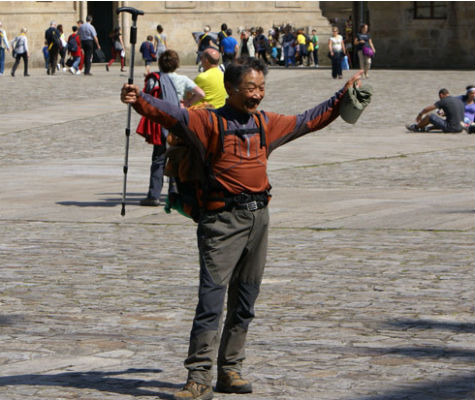Pilgrimage To Rías Baixas
Spain's Galicia is a magical and mysterious country.
Its stormy coastline, riddled with inlets from the Atlantic Ocean, gives it a permanent verdancy that looks more like Ireland or America's northwest coast than arid Spain. For centuries, pilgrims both pious and profane have walked across Europe to arrive in droves at Santiago de Compostela where the remains of Saint James most likely — alas — do not rest in peace, in spite of the legend.
Pilgrimage to Rías Baixas (Slideshow)
Galicia has thousands of postage-stamp-sized vineyards that, when viewed from above, look like green quilts.
The predominant grape here in Galicia's Rías Baixas wine region is Albariño, whose vines sprawl across head-high pergolas and whose grapes produce the green-fruity, silken-bodied, crisp-finishing white wines that have become crowd favorites in recent years in wine bars in America and around the world.
In fact, 63 of its 181 wineries sell wine in the United States, an amazing statistic considering the size of the average vineyard — mostly family inheritances — is less than one-half acre. Altogether, Americans drink about 3.4 million bottles of Albariño ever year.
Recently I returned to Galicia and Rías Baixas after a 10-year absence to make my own pilgrimage to the birthplace of Albariño.
Pilgrim's Progress
First stop is the square of the Cathedral in Santiago de Compostela where a wearied but happy pilgrim joins dozens arriving daily. Walking the last 62 miles (100 km.) gets you a certificate.
Monument to St. James
Legend has it that the remains of the apostle St. James, who was beheaded in Jerusalem in 44 AD, was returned to Galicia and buried. Construction of his cathedral began in 1075.

